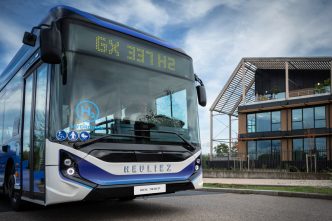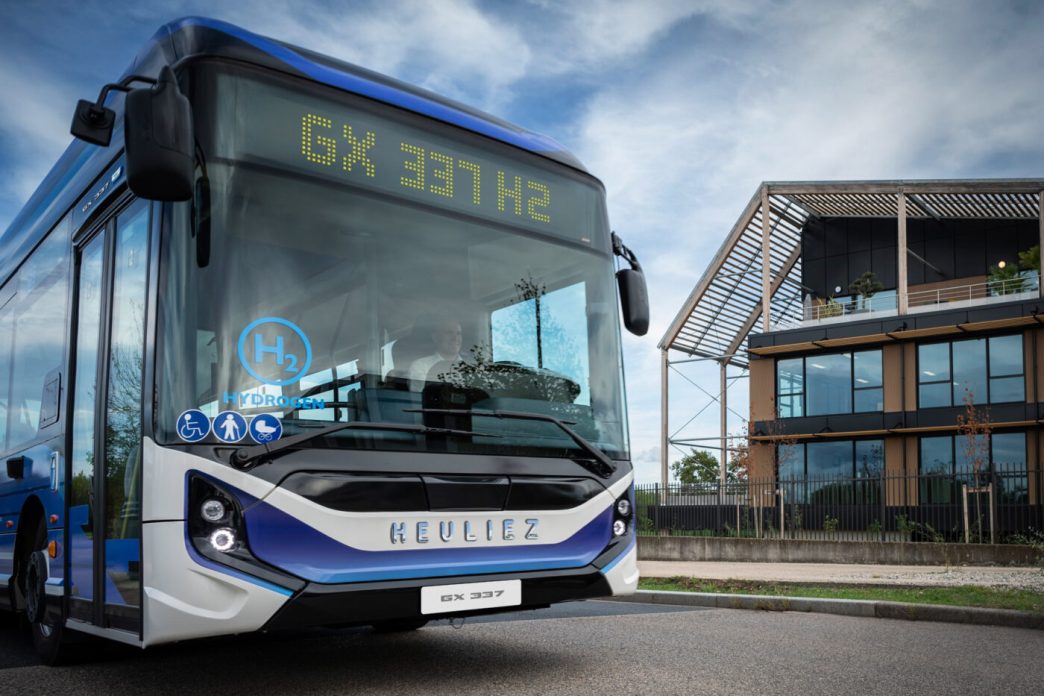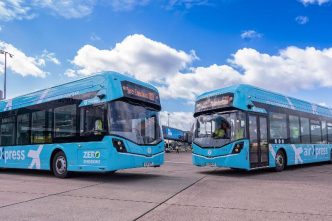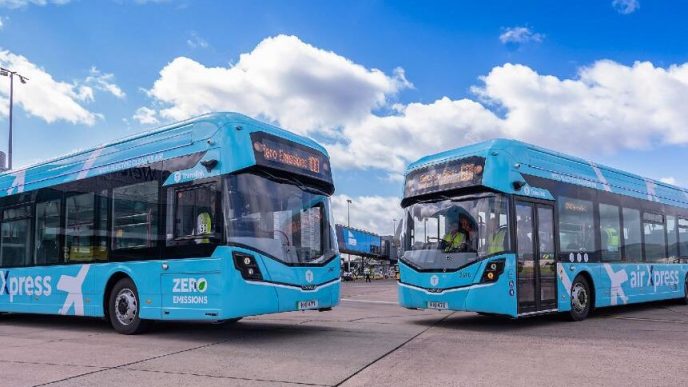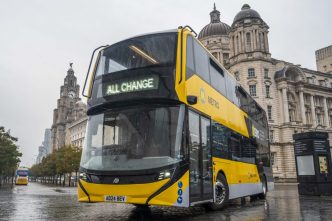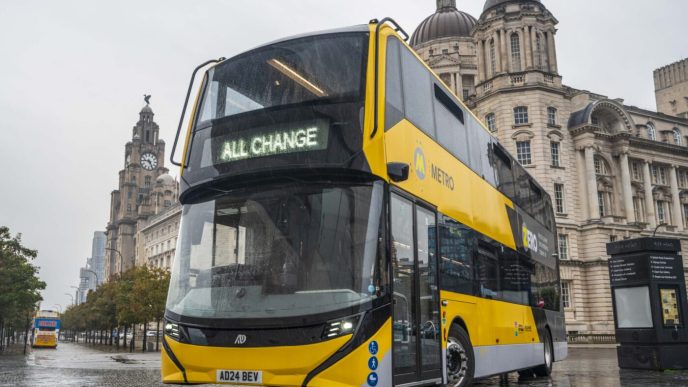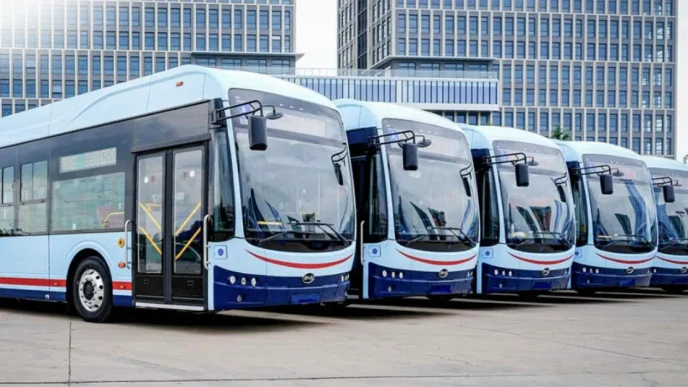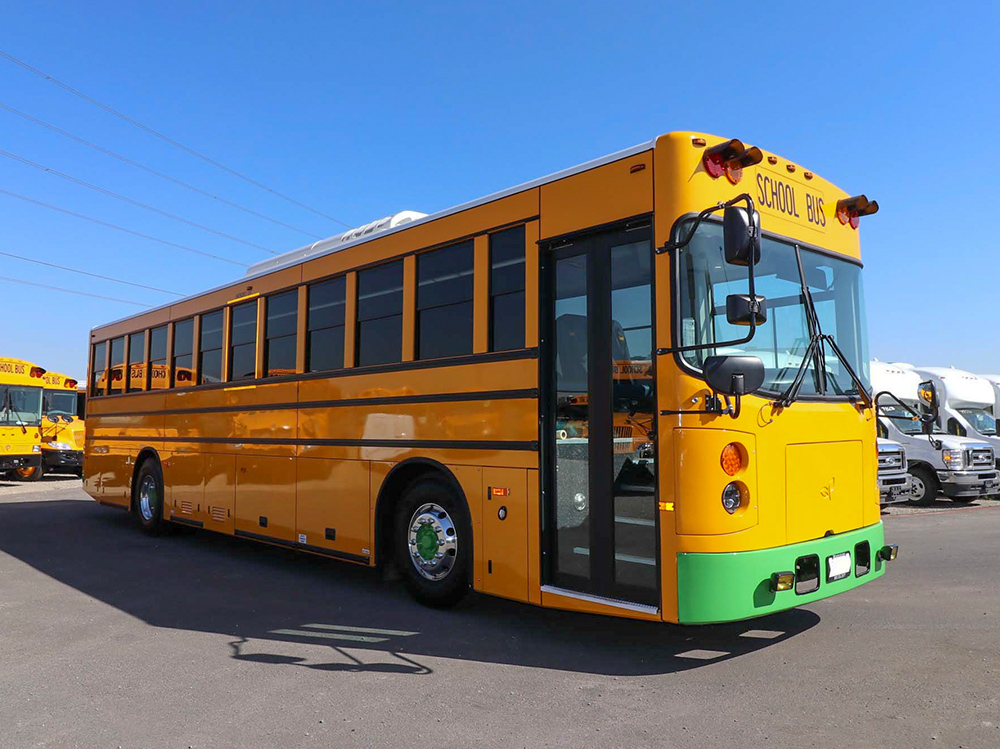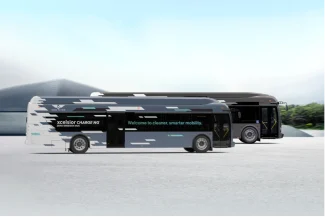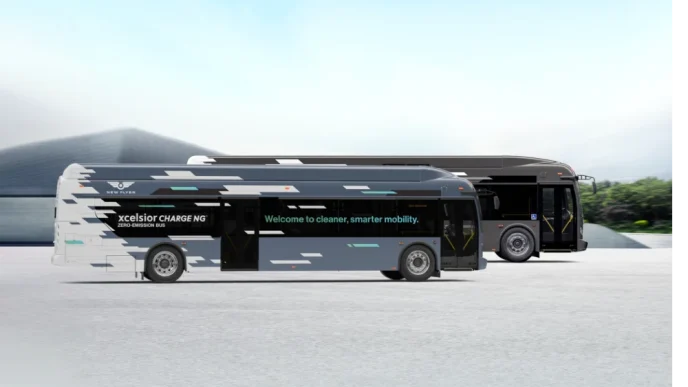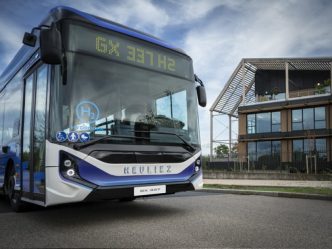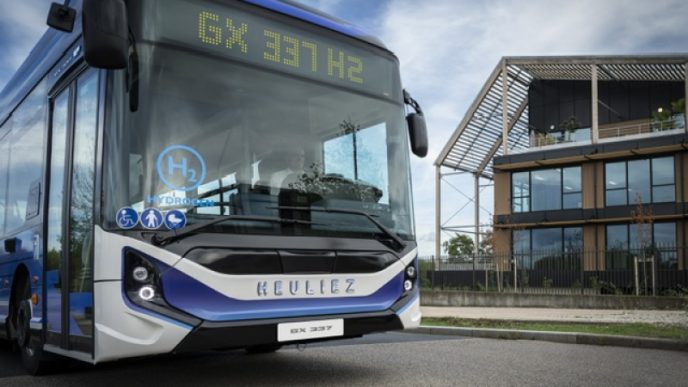The French community of Grand Reims has placed an order for 20 articulated electric buses from Iveco Bus, while the manufacturer will also supply 19 hydrogen buses to the municipal association Lorient Agglomération.
Iveco Bus is set to deliver 20 units of the 18-metre-long GX 437 Elec Linium BRT (Bus Rapid Transit) model, which is expected to enter service by autumn 2025. The deal includes an option for an additional nine units. Each electric bus can accommodate up to 142 passengers and features a camera rearview system in place of traditional exterior mirrors.
The BRT designation indicates that these buses are specifically designed for express routes. The 20 Iveco buses will operate on two designated BRT lines. Line 1 will connect the upcoming NEOMA Business School/ESAD campus with the University of Reims Champagne Ardenne, traveling through the main railway station and a critical axis in the city center. Line 2 will link Reims Central Station to the town of Cormontreuil, passing through the Châtillons neighborhood, which is currently undergoing urban redevelopment.
The infrastructure for the electric buses will be managed by Mobility, which plans to install a total of 32 charging points at the Huet depot to support long-term electric vehicle accommodation. Additionally, Mobility will implement Cway monitoring and smart charging software to optimize the charging process for the network operator.
In a separate order, Lorient Agglomération has acquired 19 GX 337 H2 hydrogen buses in the Linium BRT configuration from Iveco Bus. The first five units are expected to be integrated into the IziLo network in the second half of 2025, with the remaining buses following in stages.
These hydrogen buses are also classified as BRT vehicles, featuring a 100 kW fuel cell from Hyundai paired with a 69 kWh buffer battery from FPT Industrial. The four hydrogen tanks will allow for a range of up to 450 kilometres.
A notable aspect of this project is the method of hydrogen refueling. The municipal association has commenced construction of a hydrogen distribution station, which will not refill the buses quickly, as is typical with hydrogen refueling. Instead, the process will occur gradually over a four-hour period. However, this station will include 19 refueling points, enabling all buses to be replenished simultaneously overnight.

